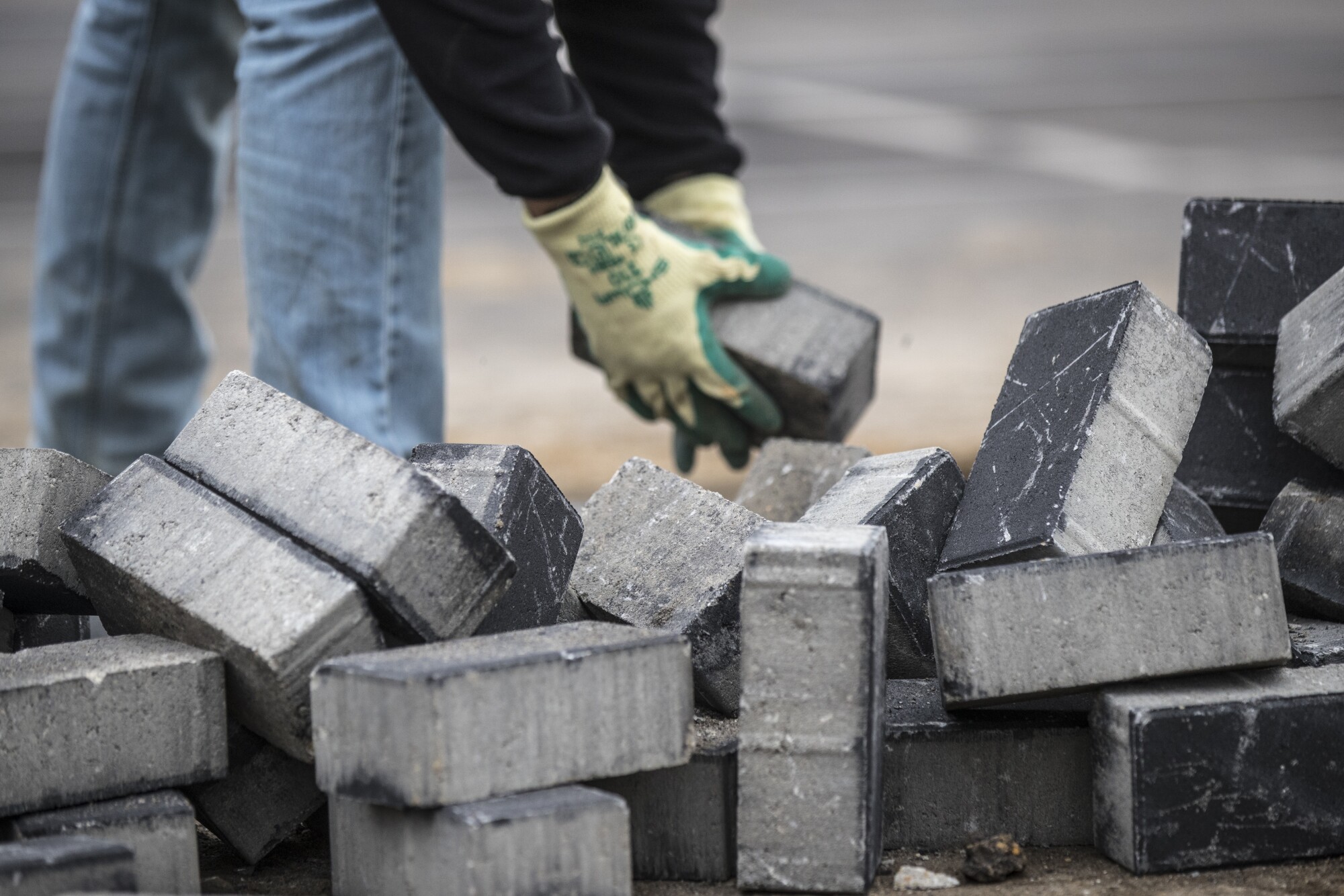
Did you know that of the 970,000 single-family homes built in the U.S. in 2021, only 71,000 had concrete framing? On the other hand, a staggering 895,000 houses (92%) used wood as their primary framework.
Wood is still the top framing choice as it offers speed and simplicity of construction. However, it also has several disadvantages, including rotting and fire risks.
The good news is that ICF construction, a cement-based frame, offers what wood can (and more).
To that end, we created this ICF construction guide detailing what it is and what’s so special about it. So keep reading, as it may help you decide if your new home should use ICF.
Table of Contents
ICF Construction 101: A Quick Introduction
Let’s start with the basics: ICF is an acronym for insulating concrete forms. They consist of hollow foam blocks stacked against each other and shaped into walls. They’re an alternative to wood planks or plywood forms when pouring concrete walls.
What Are the Features of ICF Systems?
An ICF system has two faces separated by a connector or a web. These surfaces consist of pre-assembled foam blocks that workers can stack quickly on-site. Common foam materials include expanded polystyrene (EPS) and extruded polystyrene (XPS).
Steel rebars (short for reinforcing bars) help make the blocks more rigid and stable. Ties, often metal or plastic, then interconnect the two insulating faces.
Once the blocks are in place, workers can already pour concrete into the space between the two faces. The result is a sandwich-like wall design that features energy-saving insulation.
ICF blocks also have interlocking sections that act as joints. Some use teeth-like configurations, while others feature tongue and groove mechanisms. Either way, they provide a safe, secure, and tight way for walls to come together.
What’s So Special About ICF Construction?
According to experts, the estimated value of the global ICF market was $831.5 million in 2021. Come 2028, they project it to grow further and reach a staggering $1.17 billion in revenue.
That growth is thanks to the many perks and pros of ICF systems, including the following:
Sturdiness and Stability
Unlike other formwork, ICF construction involves retaining the forming foam blocks post-pour. Thus, each ICF wall consists of at least three layers: the two insulating faces plus the concrete. That structural design is one of the reasons they create strong, durable, stable walls.
Also, don’t forget that ICF uses rebars that help improve concrete’s tensile strength. That improvement helps prevent and reduce concrete cracks caused by tension loads.
Safety and Disaster-Resistance
Aside from stiffness and strength, ICF systems are also ductile.
Ductility, in turn, is a material’s ability to withstand deformation before it fails. Thus, it’s a vital consideration for structures in areas prone to disasters.
Because ICF systems are ductile, they’re resistant to immediate earthquake failure. Their stiffness and strength also further make them more withstanding of such disasters. All that makes them among the safest structures to be in during earthquakes.
Pest- and Rot-Resistance
One of the primary concerns with wood structures is their cellulose content.
Cellulose, in turn, is the number one food source of termites. So, it’s no wonder the global economic impact of these pests amounts to a whopping $40 billion annually.
The good news is that termite issues aren’t a problem with high-grade ICF systems. That’s because they don’t contain organic materials like wood and cellulose.
For the same reason, ICF walls aren’t as susceptible to rot and decay as organic materials.
Soundproofing Properties
Another exceptional trait of ICF systems is their soundproofing capability. For one, the foam insulation they contain absorbs sounds. Second, the concrete in their cavities reflects noise.
That three-layer structure of ICF walls then helps dampen outside noise.
Thermal Comfort
Without insulation, your home can be as hot as or even hotter than the outside during summer. In the winter, your uninsulated home may feel nearly as freezing as the outdoors.
Insulation, after all, reduces heat transfer between your home’s surfaces and the outdoors. Thus, the U.S. Department of Energy recommends insulating a house from the roof to its foundation.
Luckily, that’s a job high-grade ICF walls do well, as they have two insulating faces. Moreover, you have the option to increase their insulating material’s thickness. The thicker they are, the more insulating they can be.
Thanks to those properties, having ICF walls can help keep your home comfy all year round.
Energy Efficiency
Because of their insulating properties, ICF walls help make homes more energy efficient. Indeed, experts say houses with ICF exterior walls use 44% less heating energy on average. They also require 32% less cooling energy.
In short, having ICF walls on your home can help reduce your heating and cooling bills.
Greener Home
Aside from saving you money, ICF systems can also help you reduce your carbon footprint. It’s the sum of your carbon emissions.
The less energy you use, the lower your carbon footprint.
You want to cut your footprint because of its long-lasting environmental impact. For starters, it contributes to greenhouse gas emissions, a factor in global warming. For the same reason, the higher your GHG emissions, the bigger your part in climate change.
So, by simply choosing ICF, you can already make your home greener and more sustainable.
Consider ICF for Your New Home
And there you have it, your ultimate guide on ICF construction and its benefits. Now you know it’s one of the strongest, safest, and most durable wall systems. To top it off, it provides exceptional thermal comfort, energy efficiency, and savings.
So, why not consider investing in ICF walls for your new home? That way, you can turn it into not only a safe place but an eco-friendly one, too.
Did you like this article? We have many other informative guides to share, so please take your time to browse more of our blog!